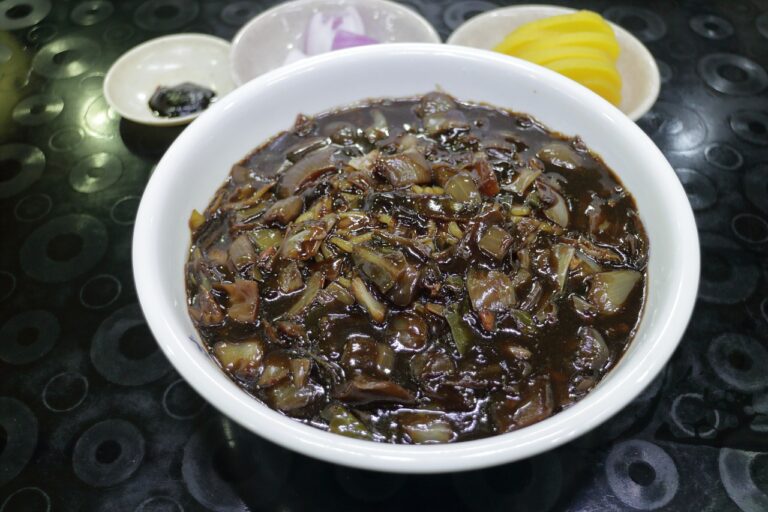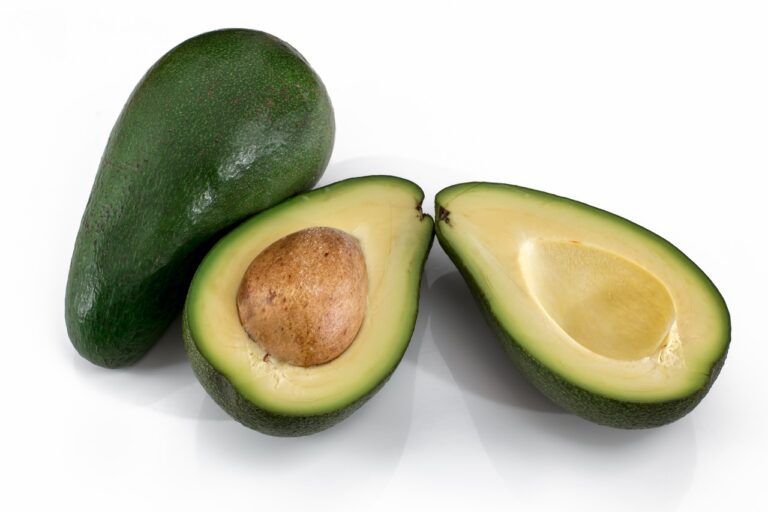The Role of Food Industry in Food Safety Innovations
Ensuring food safety is a complex and multifaceted process that involves various challenges at every stage of the food supply chain. One of the primary challenges faced by the food industry is the risk of contamination during production, processing, storage, and distribution. Contaminated food can lead to foodborne illnesses, outbreaks, and even fatalities, highlighting the critical importance of implementing stringent safety measures.
Moreover, the globalization of the food industry has presented additional challenges in ensuring food safety. With food products traveling across borders, there is an increased risk of exposure to different contaminants, pathogens, and regulatory standards. This necessitates effective communication and collaboration between food regulatory authorities, producers, and distributors to uphold consistent safety standards and protect consumer health.
Regulatory Framework in the Food Industry
The regulatory framework in the food industry plays a crucial role in ensuring the safety and quality of food products available to consumers. These regulations are put in place by government agencies to safeguard public health and promote fair practices within the industry. Adherence to these guidelines is essential for food businesses to maintain trust and credibility among consumers.
Government bodies such as the Food and Drug Administration (FDA) and the Department of Agriculture (USDA) are responsible for enforcing regulations in the food industry. These agencies set standards for labeling, packaging, storage, and handling of food products to prevent contamination and ensure compliance with safety protocols. Regular inspections and audits are conducted to monitor and verify that food businesses are meeting the required standards set forth by the regulatory framework.
Technological Advancements for Food Safety
Technological advancements in the food industry are continuously evolving to address the critical issue of ensuring food safety. These advancements include the use of blockchain technology to enhance traceability in the supply chain, enabling quicker identification of contaminated products and facilitating swift recalls when necessary. Additionally, sensor technologies are being deployed to monitor various parameters such as temperature, humidity, and even chemical compositions, ensuring that food products are stored and transported under optimal conditions.
Furthermore, the application of artificial intelligence and machine learning algorithms is revolutionizing the way food safety is managed. These technologies can analyze vast amounts of data to detect patterns and anomalies that may indicate potential risks to food safety. By leveraging these advanced tools, food manufacturers and regulatory bodies can proactively identify and address safety concerns, ultimately reducing the likelihood of foodborne illnesses and enhancing consumer confidence in the food supply chain.
• Blockchain technology enhances traceability in the supply chain
• Sensor technologies monitor parameters like temperature and humidity
• Artificial intelligence and machine learning algorithms analyze data for potential risks
• These advancements reduce likelihood of foodborne illnesses
What are some of the challenges in ensuring food safety?
Some of the challenges in ensuring food safety include contamination risks, supply chain complexities, and regulatory compliance.
What is the regulatory framework in the food industry?
The regulatory framework in the food industry consists of government regulations and guidelines that set standards for food safety, labeling, and quality control.
How can technological advancements help improve food safety?
Technological advancements such as blockchain, IoT devices, and AI can help improve food safety by enabling better traceability, real-time monitoring, and predictive analytics.
How do these technological advancements benefit the food industry?
These technological advancements can benefit the food industry by reducing foodborne illness outbreaks, improving transparency in the supply chain, and enhancing overall consumer trust.
Are there any specific technologies that are being widely adopted for food safety?
Yes, technologies such as DNA sequencing for pathogen detection, temperature monitoring sensors, and digital food safety platforms are being widely adopted in the food industry for improved food safety practices.







